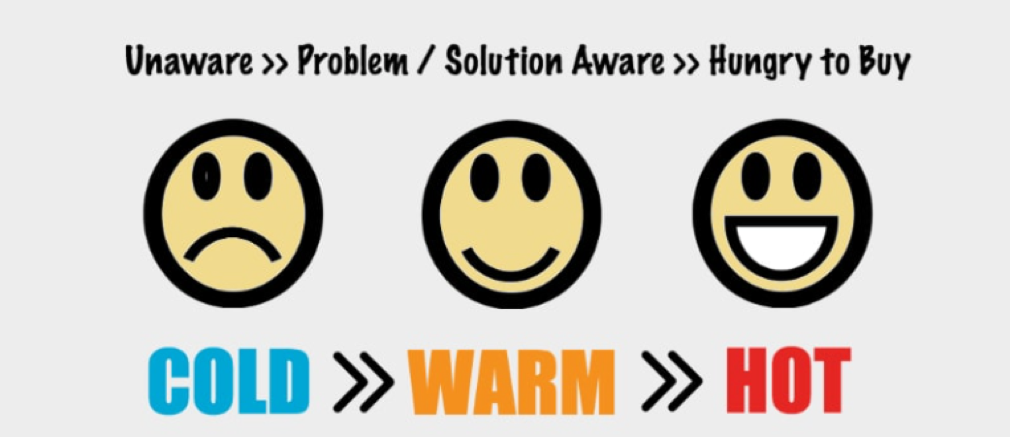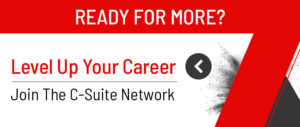What Should I Do When My Email Pitch For Speaking IS NOT Converting?
What Should I Do When My Email Pitch For Speaking IS NOT Converting? https://csuiteold.c-suitenetwork.com/wp-content/themes/c-suitenetwork/images/empty/thumbnail.jpg 150 150 C-Suite Network https://csuiteold.c-suitenetwork.com/wp-content/themes/c-suitenetwork/images/empty/thumbnail.jpg
Stay calm! Don’t panic. This happens all the time but nobody likes to talk about it. This is one of the single most frustrating parts of the marketing process for keynote speakers. You outline your new keynote talk, pull a list of contacts together to reach out to speak at their next conference or group, you send an email blast, offer your help. And Nothing happens! Not a reply back or hey lets chat.. Nothing! Now what? Don’t pull your hair out. Re-try with a different context.
Having spent the last decade of my life surrounded by thought leaders and promoting a keynote speaker by sending over 2 million emails a year as part of our outbound marketing campaigns. I hit this same problem all the time!
In fact, it’s normal. It would actually NOT be normal if this wasn’t happening to you. Regularly. Seriously if your email pitch converts all the time without problems, you would be a freak of nature that the government should conduct research on in a top-secret lab in a hidden underground bunker so we can exploit your talents for the betterment of the world.
So there is some small consolation that you are not facing this same issue alone. And better yet, this is completely fixable! Over the years, meeting with speakers, I’ve observed the most common mistake speakers make in email campaigns is they are pitching warm email scripts to cold traffic and that usually never works!

What the heck does that mean right? Today, we break it down.
Fix your conversion problem with this ONE SIMPLE SWITCH!!!
Cold Versus Hot Traffic EXPLAINED!!!:

Cold traffic is a term for people who don’t know you, and more importantly, they are not aware of the solutions available that could help them with their pain-point. They just know that something isn’t the way it should be but might not know where it’s coming from. This group needs someone like them, who has been in their industry or situation, to show them what the problem is they need to find a solution for.
Warm traffic is people that are aware of their pain points and are actively seeking remedies to their situation. If they are a business they may be actively looking for coaches, consultants, articles, videos to help them better discover answers on XYZ topic. They already know the language you use to describe what you do. Warm traffic groups are curious for better solutions.

Hot Traffic is aware of their problem, have done the research to fix their problem, and are actively seeking to make a decision. For hiring a speaker they already made the decision to host an event and to bring in a speaker that is most relevant to their topic. This would be your speaking committee or event planners looking to hire speakers. This group is easy.
The # 1 mistake? Most emails to land speaking engagements are to do just that. Speakers assume that hosting events is a normal thing as if everyone we are communicating with has an event coming up. We forget the average business in the average industry is adapting to, on average, a devastating hurricane of change and need help articulating what the problem even is (cold traffic). Let alone how to combat the change (warm traffic) with consulting and speaking engagements to learn what you know. And then we really, really, take for granted that the number of people who are hosting an upcoming conference, that they are the decision-maker to hire the speaker with a budget that can afford to hire you is insanely small!
So in our rush to book gigs, we spray everyone with information on how to hire you without setting the context of what the heck their problem is that they can begin to solve. Every speaker has a pitch for warm traffic we as a community could do a lot better job creating followers and demand by getting cold traffic to understand what matters to them.
Want to walk through some real-time examples of email positioning? Check out this video. (sorry for the sniffles in advance, I had a cold)


